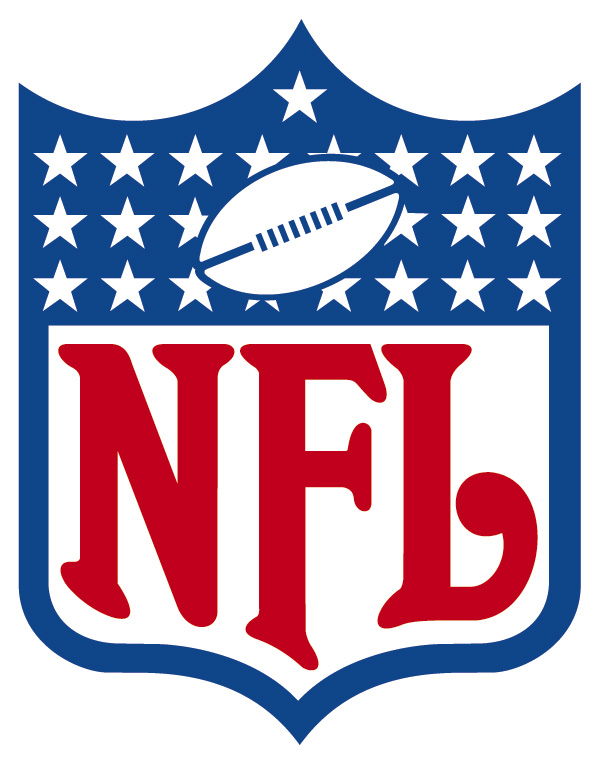Recently, news of progress regarding the possible early detection of neurological brain diseases related to traumatic injury—most notably Chronic Traumatic Encephalopathy, or CTE—has been a topic de jure, and the findings have been, I think, encouraging.
One of the hallmarks of this research frontier came in 2013 when Hall of Fame running back Tony Dorsett revealed that symptomatic tau protein deposits had been detected in his brain, indicating that he himself, along with other retired players, was suffering from CTE.
The findings came from UCLA and Taumark, a related company that engineered the brain scan that is supposed to reveal these brain diseases, but the FDA has recently taken issue with Taumark, and the company’s website is currently down.
The issue here, however, appears to be one not of scientific rigor, but rather one of bureaucratic procedure, as the Food and Drug Administration’s concerns with Taumark seem to stem from their claims, which by their standards are unverified due to the fact that their procedure is not FDA approved.
The process of seeking and acquiring FDA approval, and the politics that play into it, are another, broader topic than can be reasonably delved into at the moment, but it is interesting that they chose to step in here, particularly considering the fact that Taumark, in conjunction with the university, is not in the business of selling a product, and thus has no immediate, direct financial gain from falsifying claims.
Specifically, the FDA has come down on the company’s claim that their brain scan procedure is capable of testing for CTE and other neurological afflictions of the brain. To be clear, this does not in any way invalidate their research, findings, or progress.
It is worth pointing out that UCLA is certainly not the only university that is actively working within the boundaries of football to explore the causes, effects, and treatment of CTE and other brain disorders.
I have recently written about Harvard Medical School’s own project, in conjunction with the National Football League Players Association, which has given multiple grants to studies researching the treatment of concussions, one of which is designed to improve and quicken recovery from concussions using near-infrared light to stimulate the formation of ATP proteins in the affected tissue.
To be clear, there is no questioning the fact that there is still a long way to go in the field of studying neurological brain disorders, with CTE at the forefront of the matter. While there has been alleged progress on the front of early detection of CTE in living patients, there is as of yet no definitive diagnosis for the disease outside of a post-mortem examination.
Still, the potential that these early findings suggest could be substantial. After all, there would be immeasurable value for a professional athlete to be able to learn whether he has suffered any type of brain damage, and how severe and permanent that might be. Athletes seem more inclined than ever to put their health before their profession, especially as we become increasingly more well-informed.








